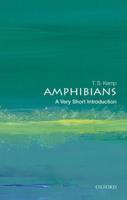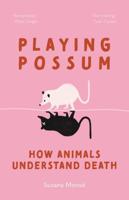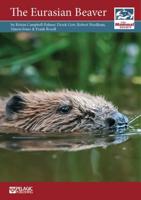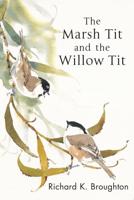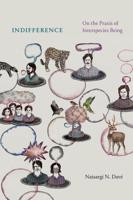Publisher's Synopsis
The Rainbow Boa (Epicrates cenchria) is a stunning and highly sought-after species of snake, prized for its iridescent scales and relatively manageable size. These snakes are non-venomous constrictors that thrive in high-humidity environments, making them an excellent choice for intermediate to advanced reptile keepers who can meet their specific husbandry requirements. Rainbow Boas belong to the Boidae family, which includes other well-known constrictors such as the Boa Constrictor and the Green Anaconda.
This guide will cover all aspects of Rainbow Boa care, beginning with an introduction to their natural habitat, physical characteristics, and lifespan. Understanding their biology and ecology is crucial to providing them with optimal care in captivity.
1.1 Overview of the SpeciesScientific Classification:
- Kingdom: Animalia
- Phylum: Chordata
- Class: Reptilia
- Order: Squamata
- Family: Boidae
- Genus: Epicrates
- Species: Epicrates cenchria
Rainbow Boas are medium-sized, semi-arboreal snakes native to Central and South America. Their common name comes from the striking iridescent sheen on their scales, which creates a rainbow-like effect when light hits them. This iridescence is caused by microscopic ridges on their scales that refract light.
There are multiple subspecies of Rainbow Boas, each with distinct color patterns and geographic distributions. The most commonly kept subspecies in captivity is the Brazilian Rainbow Boa (Epicrates cenchria cenchria), which is known for its vibrant orange coloration with black rings and distinctive markings. Other subspecies include the Colombian Rainbow Boa (Epicrates maurus), which is duller in coloration and lacks the bright patterns of the Brazilian variety.
Temperament and Suitability as PetsRainbow Boas can make rewarding pets for experienced keepers, but they are not considered beginner-friendly. While they are generally docile as adults, juveniles can be defensive and prone to biting. With regular handling and proper husbandry, they tend to calm down. However, their humidity requirements and sensitivity to improper care make them a more demanding species than common beginner snakes like Ball Pythons or Corn Snakes.
These boas are nocturnal, meaning they are most active during the night. They are primarily ambush predators, relying on their excellent camouflage to stay hidden before striking at prey. In the wild, they often seek shelter in humid environments such as forest floors, near water sources, or even in burrows.
1.2 Natural Habitat and DistributionRainbow Boas are native to a vast range across Central and South America, where they inhabit diverse environments, including rainforests, savannas, riverbanks, and swamps. They are found in countries such as Brazil, Venezuela, Colombia, Peru, Ecuador, Guyana, Suriname, and French Guiana.
Climate and Environmental Conditions- Temperature: Their native habitat is warm and tropical, with average temperatures ranging from 75-85°F (24-29°C).
- Humidity: High humidity levels (between 70-90%) are essential for their survival, as they are adapted to wet environments.
- Vegetation and Terrain: Rainbow Boas are commonly found in areas with dense vegetation, where they can hide under leaf litter, logs, and in burrows. They are also semi-arboreal, meaning they occasionally climb trees and branches, though they primarily remain on the forest floor.
- Water Sources: These snakes are often found near bodies of water, such as rivers, streams, and swamps, where they can soak and regulate their body temperature. They are excellent swimmers and may enter the water to escape predators or hunt for prey.


